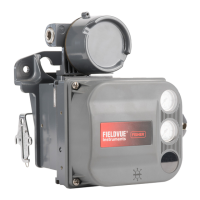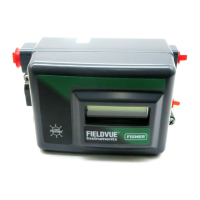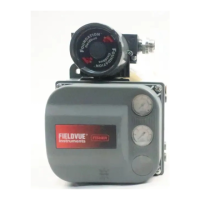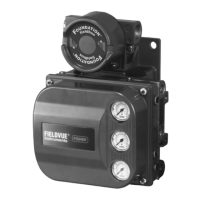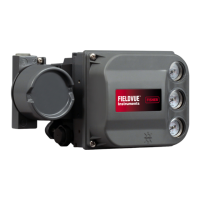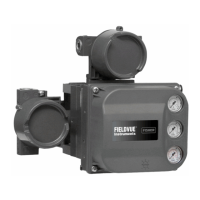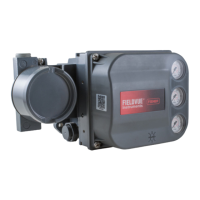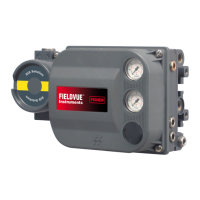Instruction Manual
D102748X012
DLC3010 Digital Level Controller
Service Tools
May 2018
78
Full Calibration
D Min/Max Calibration is useful when process values can't be precisely observed, but the displacer can sequentially be
submerged in fluids of known minimum and maximum density. (E.g., no sight glass is available, but the cage can be
isolated and drained or flooded.)
D Two Point Calibration uses independent observations of two valid process conditions, together with the hardware
dimensional data and SG information, to compute the effective torque rate and zero reference angle for the sensor.
D Weight Calibration may be used on the bench or with a calibration jig that is capable of applying a mechanical force
to the driver rod to simulate displacer buoyancy changes. It allows the instrument and sensor to be calibrated using
equivalent weights or force inputs instead of using the actual displacer buoyancy changes.
Partial Calibration
D Capture Zero captures the current value of the torque tube angle as the input zero.
D Trim Gain operations recompute gain with one observation of process data.
D Trim Zero computes the value of the input angle required to align the digital Primary Variable with the user’s
observation of the process, and corrects the stored input zero reference, assuming that the calibration gain is
accurate. Use this procedure when the process cannot be moved to zero for capture, but gain is known to be
correct (only a bias error exists).
Secondary Calibration
The following contains a brief overview of the Secondary Calibration procedures. Refer to the Calibration section,
starting on page 58, for detailed calibration information.
Temperature Calibration allows you to display the temperature as measured by the instrument. You can then trim the
temperature reading so that it matches the actual temperature more closely in the region of interest. (This is an offset
adjustment only. There is no ability to change the gain.)
Analog Output Calibration allows trimming the gain and offset of the Digital‐to‐Analog (D/A) converter to adjust the
accuracy at which the output follows 4 to 20 mA current commands from the firmware. This relationship is initially set
in the factory, and should not require frequent user adjustment.
Reset/Restore
Restore Factory Defaults
D Restore Factory Configuration— Follow the prompts on the Field Communicator display to restore the digital
level controller to the factory configuration.
D Restore Factory Compensation— Replaces all calibration and compensation data with factory defaults.
Both Restore Factory Configuration and Restore Factory are drastic procedures which should be used only as a last
resort.
Reset Device issues a master reset request to the processor in the DLC3010.
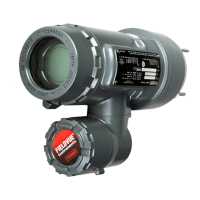
